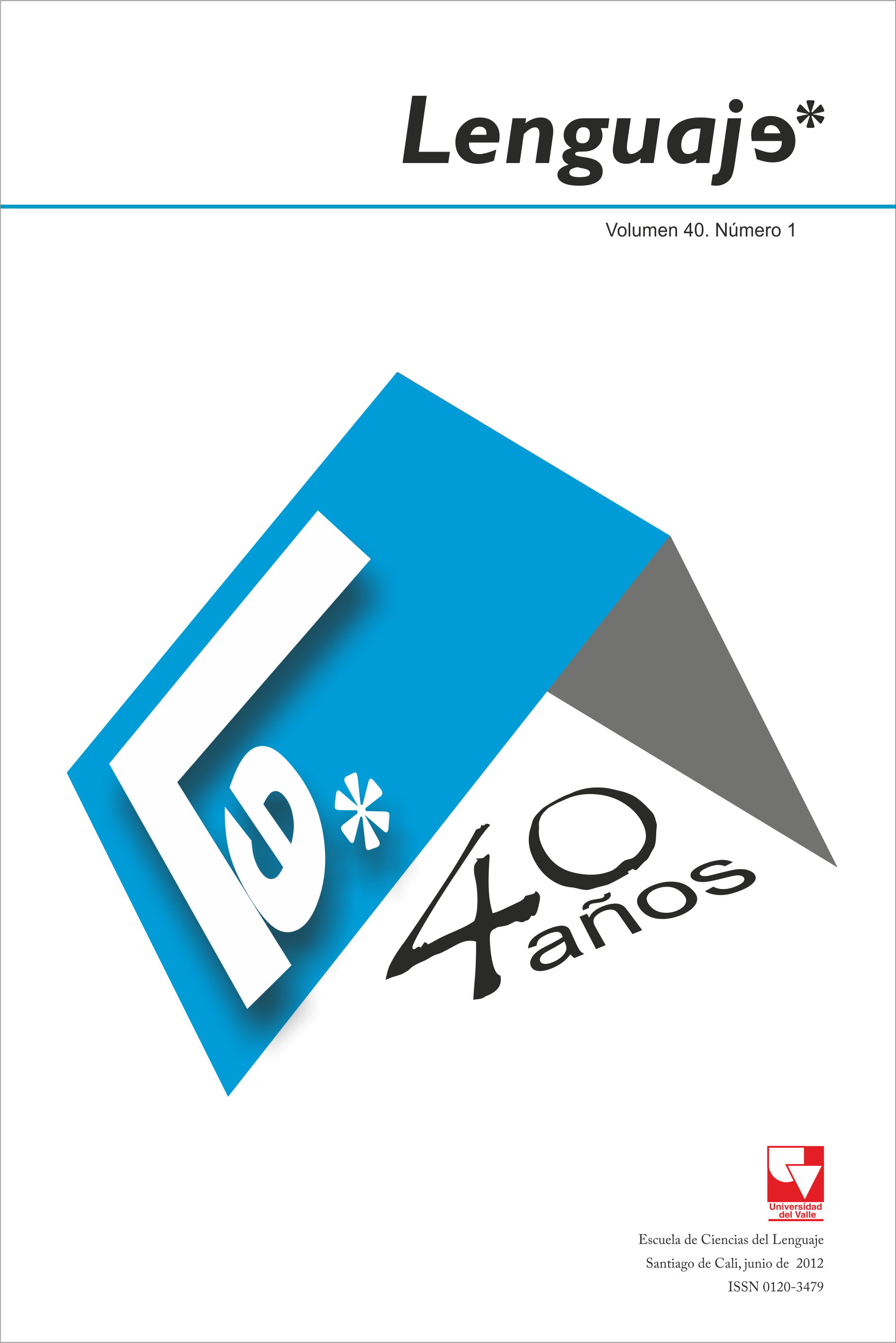Hacia una redefinición del bilingüismo a través de algunos mitos
Contenido principal del artículo
- bilingüismo
- mitos.
Bongaerts, T. (2003). Effets de l’âge sur l’acquisition de la prononciation d’une langue seconde. Acquisition et Interaction en Langue Etrangère, 18 (versión electrónica). Recuperado el 12 de febrero de 2012 de http://aile.revues.org/1153
Coste, D. (2001). «De plus d’une langue à d’autres encore. Penser les compétences plurilingues», en V. Castellotti (Ed.) D’une langue à d’autres, pratiques et représentations (pp. 191- 202). Rouen: Presses universitaires de Rouen.
Cummins, J. (2001). An introductory reader to the writings of Jim Cummins. Edited by C. Baker and N. H. Hornberger. Clevedon, England: Multilingual Matters. (ISBN: 1-85359-473-3).
de Mejía, A.M. & Fonseca, L. (2009). Orientaciones para políticas bilingües y multilingües en lenguas extranjeras en Colombia. Informe de Investigación. Bogotá: Centro de Investigación y Formación en Educación, Universidad de los Andes.
Grosjean, F. (1982). Life with Two Languages: An Introduction to Bilingualism. Cambridge: Harvard University Press.
Grosjean, F. (1985). Polyglot aphasics and language mixing: A comment on Perecman (1984). Brain and Language,26, 349-355.
Lightfoot, D. (2011) Multilingualism Everywhere. Bilingualism - Language and Cognition, 14(2), 162-164.
Poplack, S. (1980). Sometimes I’ll start a sentence in Spanish y termino en español: toward a typology of code-switching. Linguistics 18(7/8), 581-618.
Soares, C. & Grosjean, F. (1984). Bilinguals in a monolingual and a bilingual speech mode: The effect on lexical access. Memory and Cognition, 12(4), 380-386.





